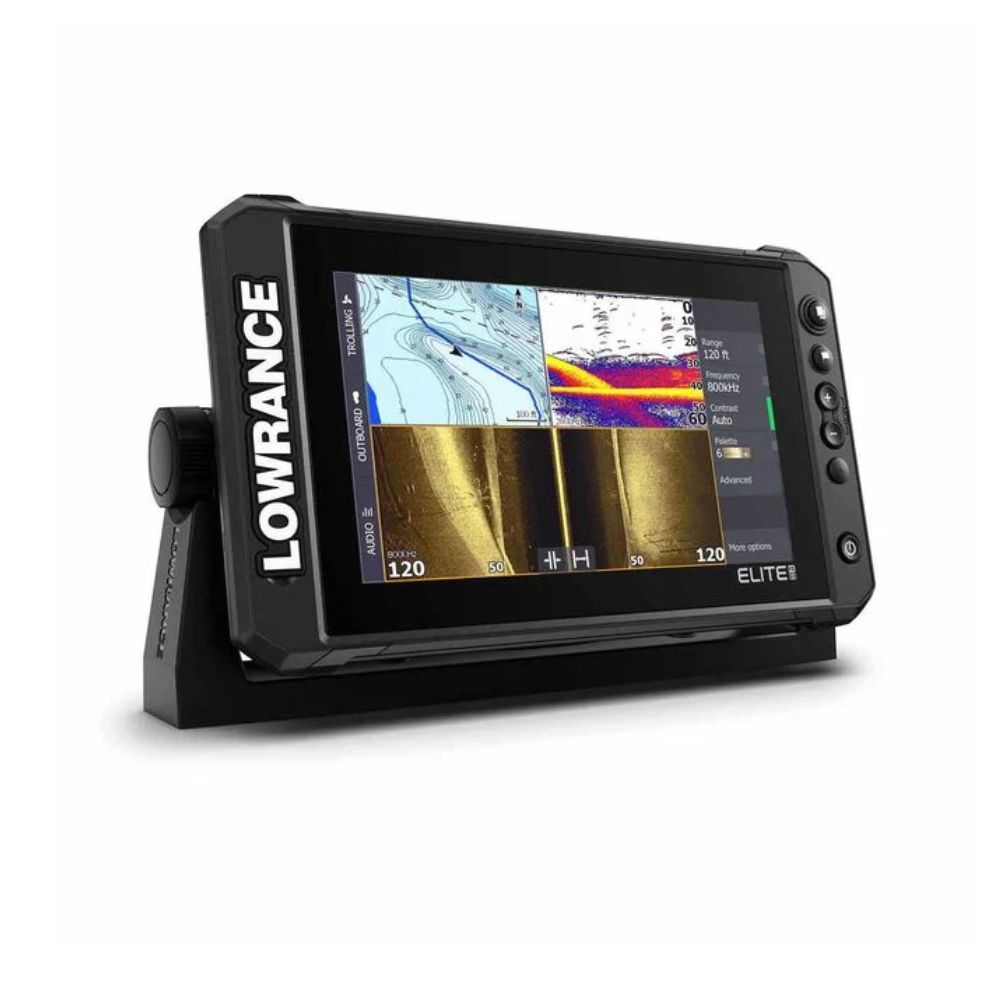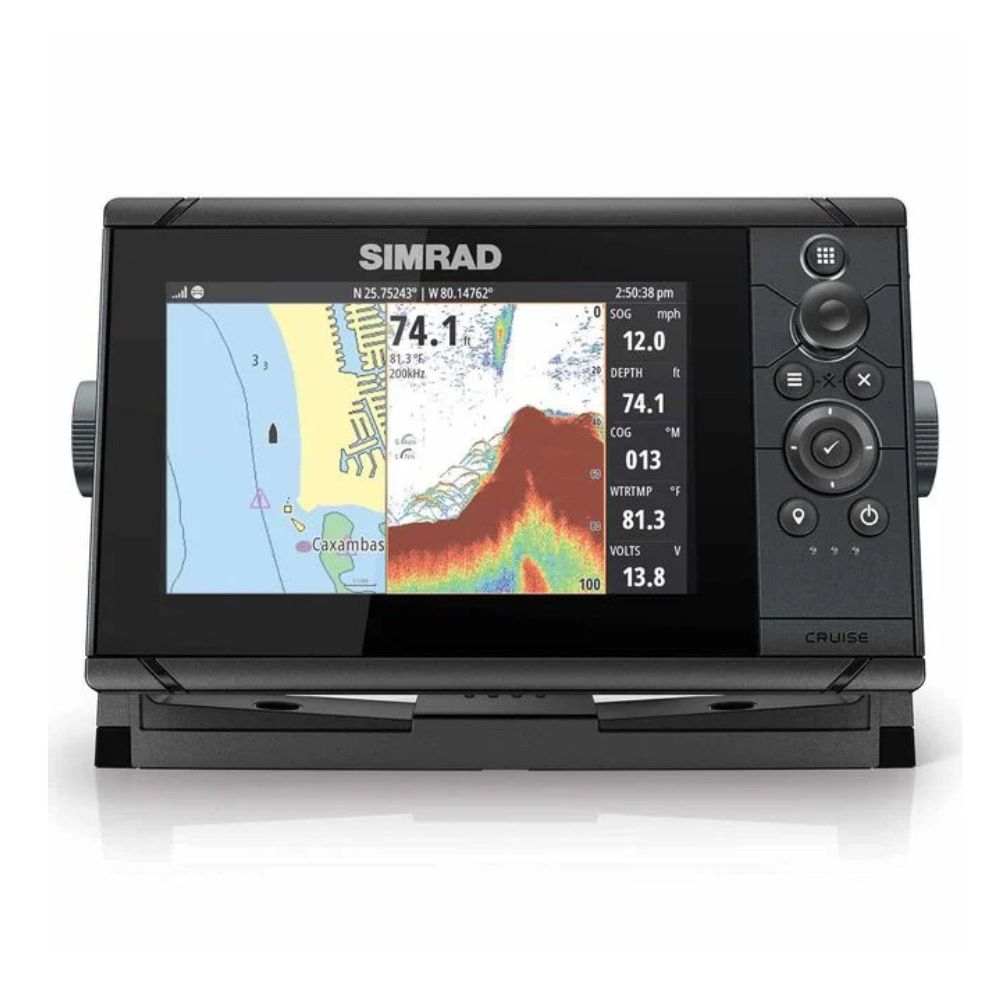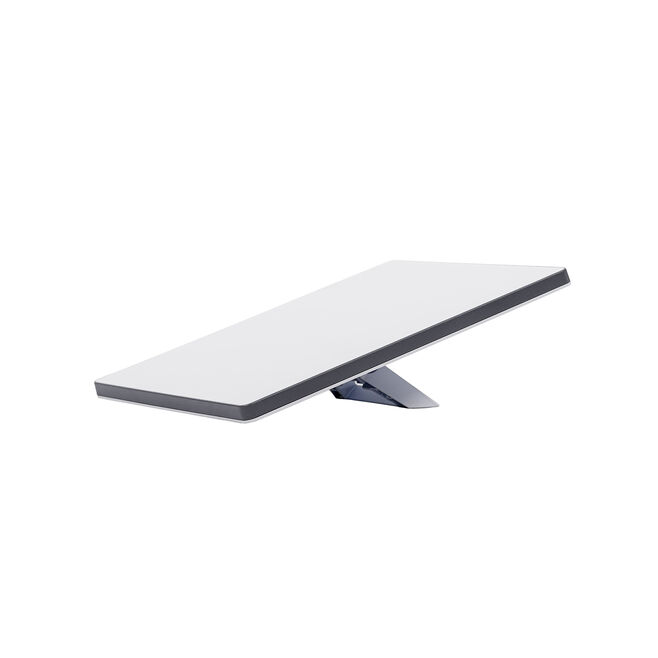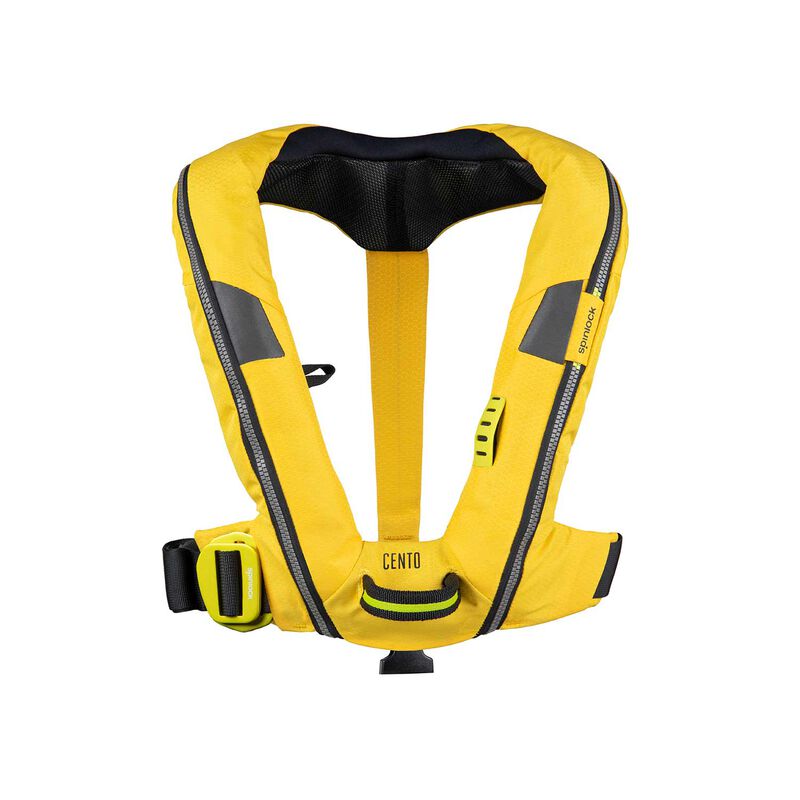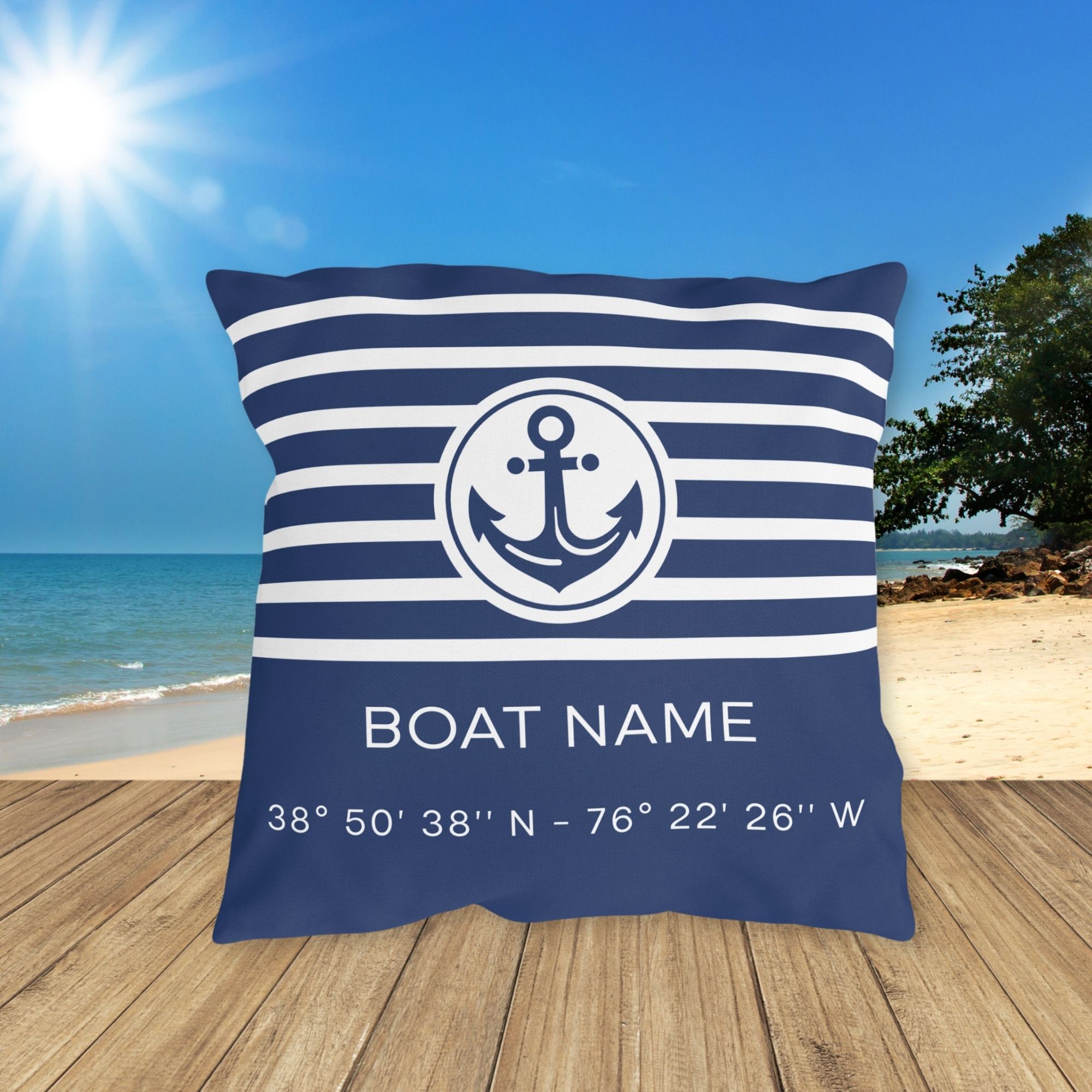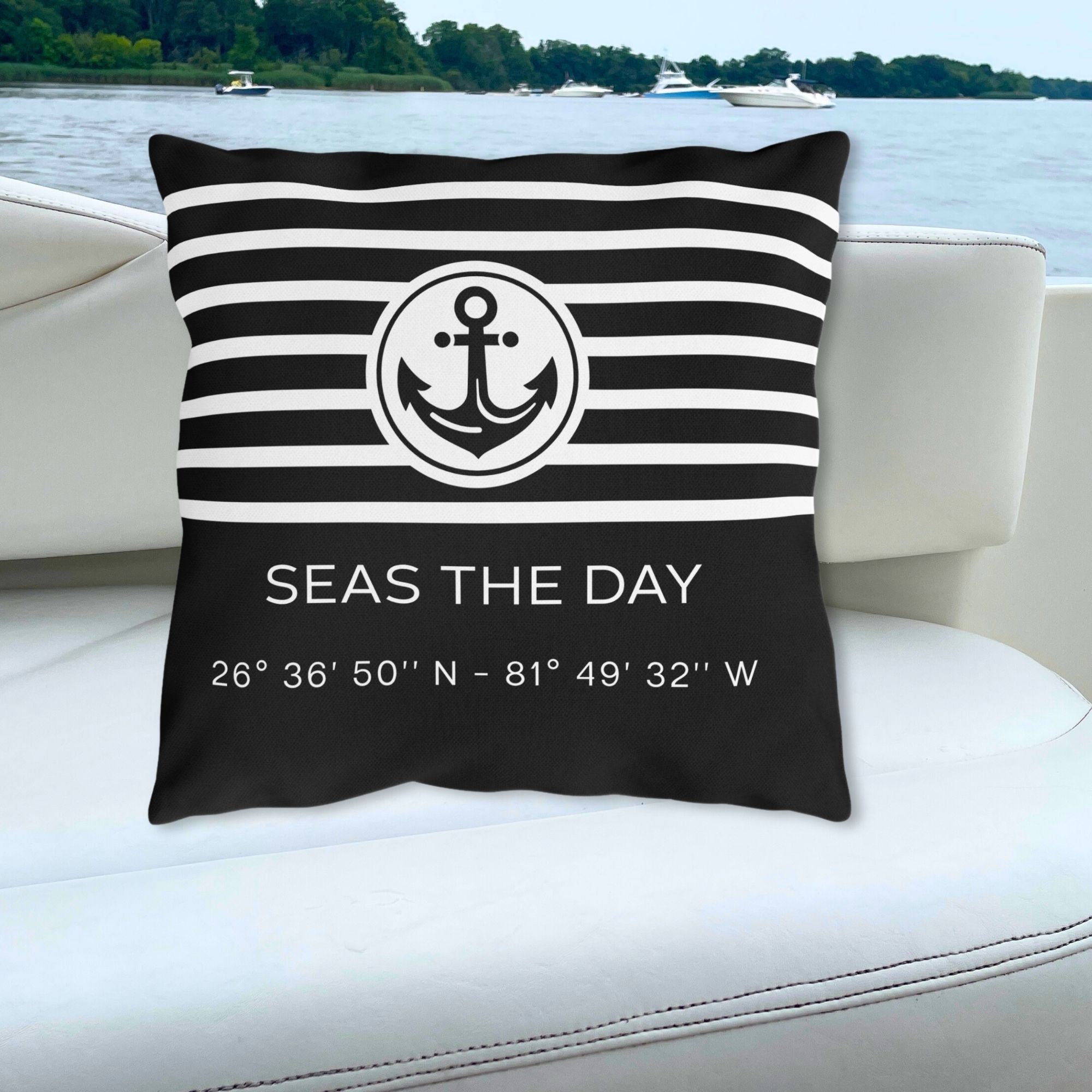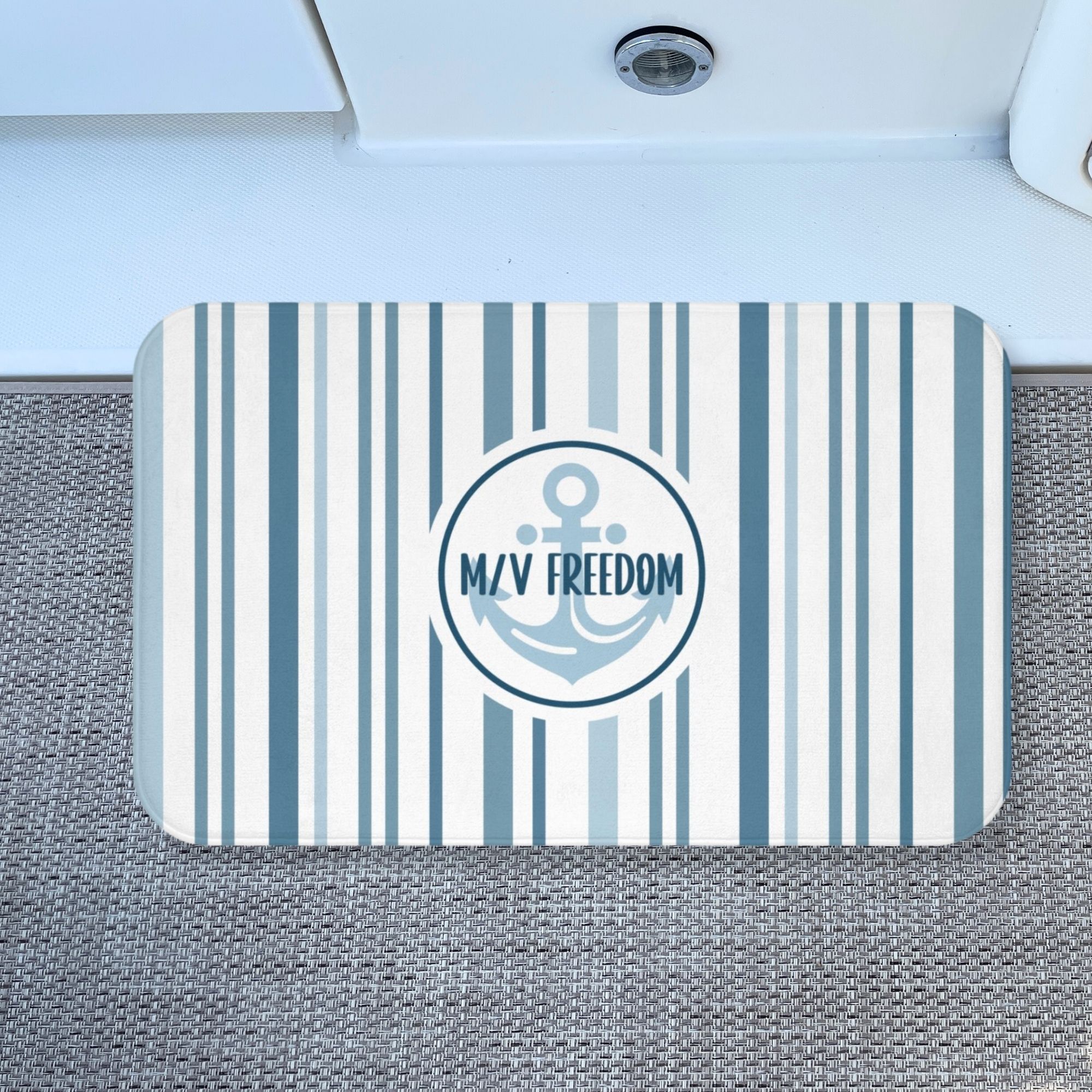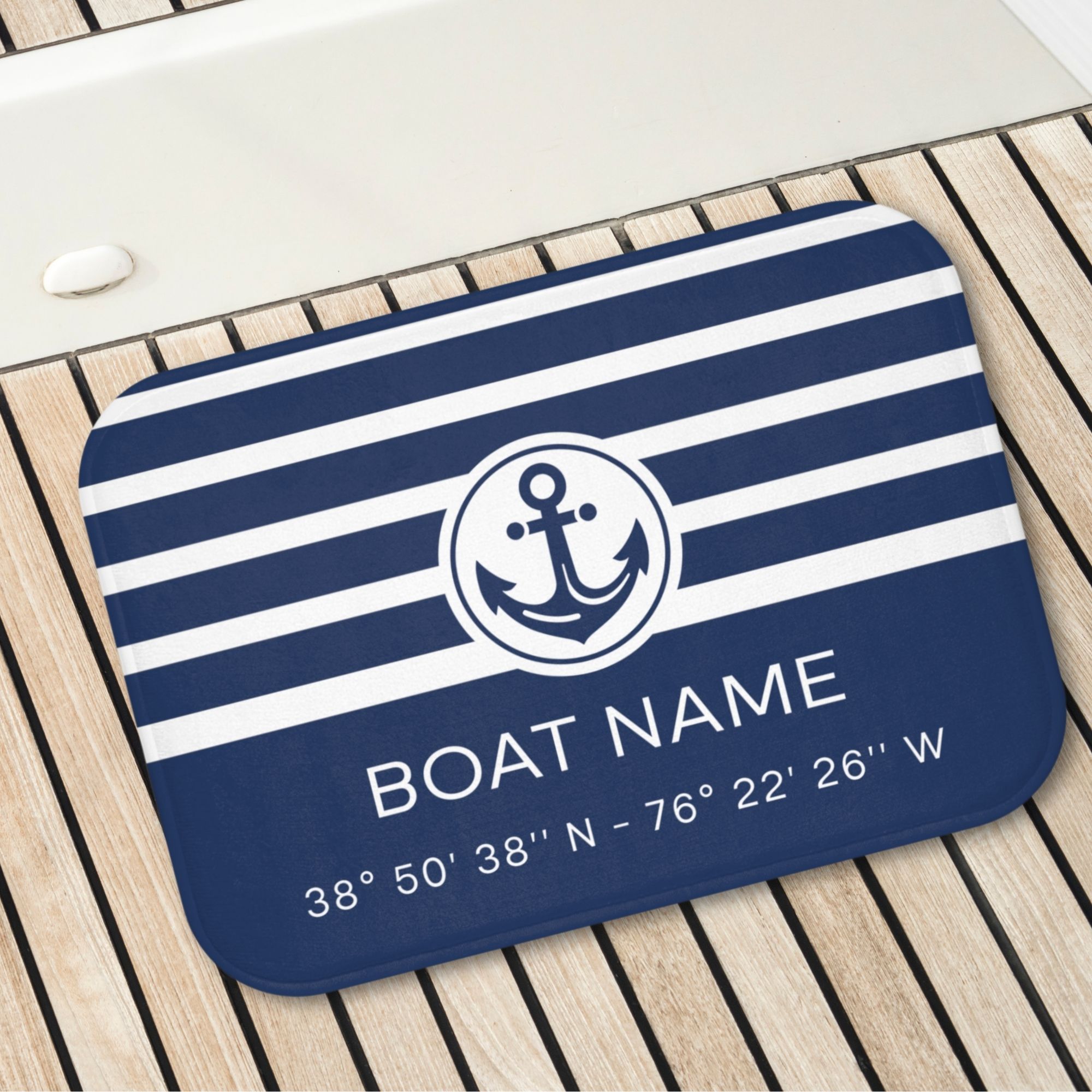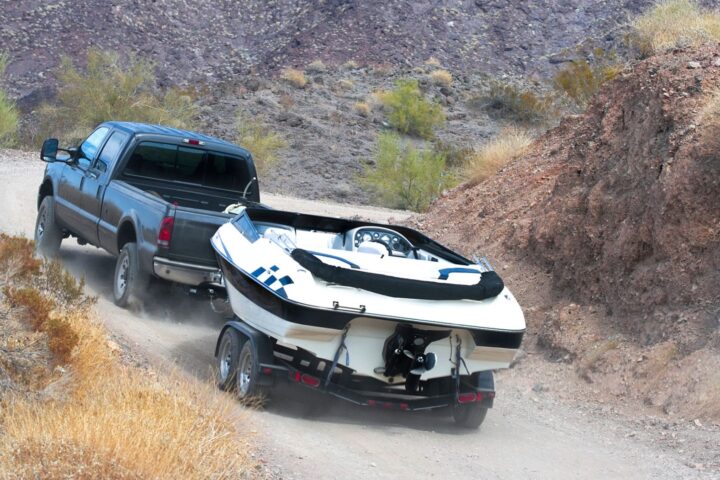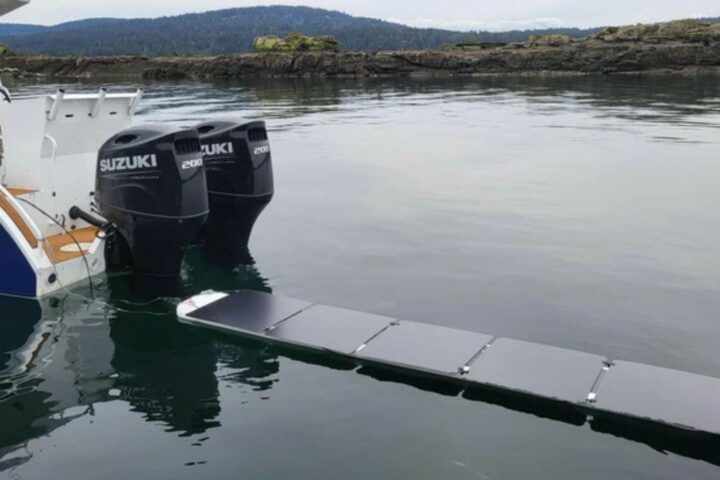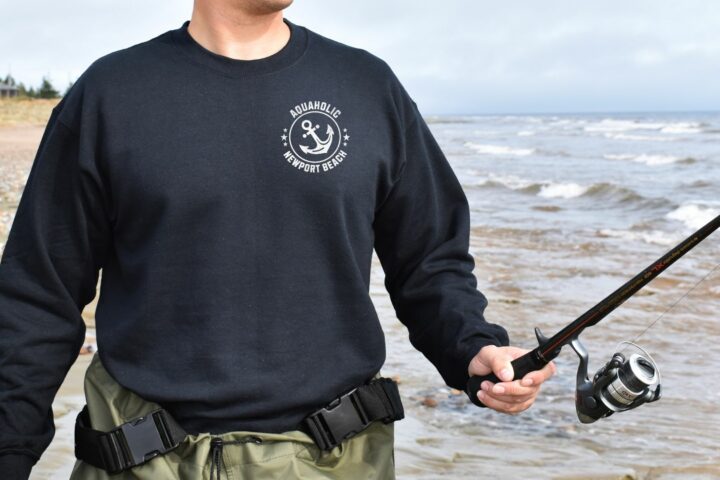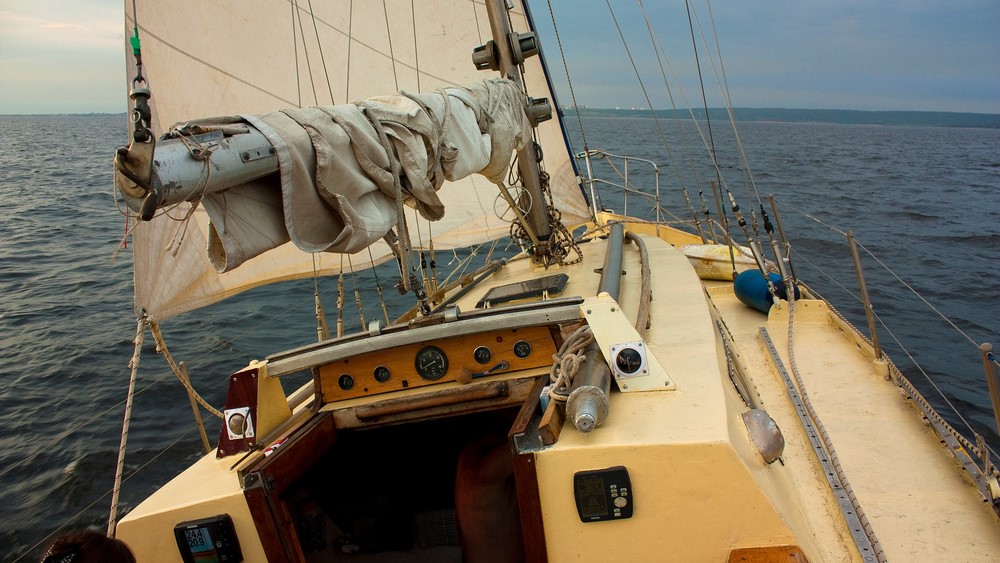
When you think of a sailing boat, what’s the first thing that comes to mind? The sound of waves crashing against the vessel as it cuts through the water? Or maybe you’re thinking about all the peace and quiet you get out there.
Do you ever think about the integrity of your boat and what keeps it together? What about the clevis pins that keep amazingly everything in place?
Although they may not be the most glamorous part of your vessel, they’re one of its most essential elements. Without them, your boat wouldn’t be able to function properly and would probably fall apart within minutes.
Here are a variety of ways that sailing boats use clevis pins.
Attaching A Forestay To The Mast
The forestay is a line that runs from the bow to the mast of a sailing boat. It’s often used to support a jib or headsail, but it can also tie the boat up to a dock or mooring. Clevis pins can help you quickly install and remove your forestay with ease. You can find these pins at this shop and others like it and even get all the information you need.
A clevis pin is a simple machine that allows you to install and remove your forestay from the mast quickly. It has two parts. One fits into the hole of your mast, while the other fits into an eye at the end of your forestay. When these two parts connect, they form a circular shape that prevents your forestay from falling out of place.
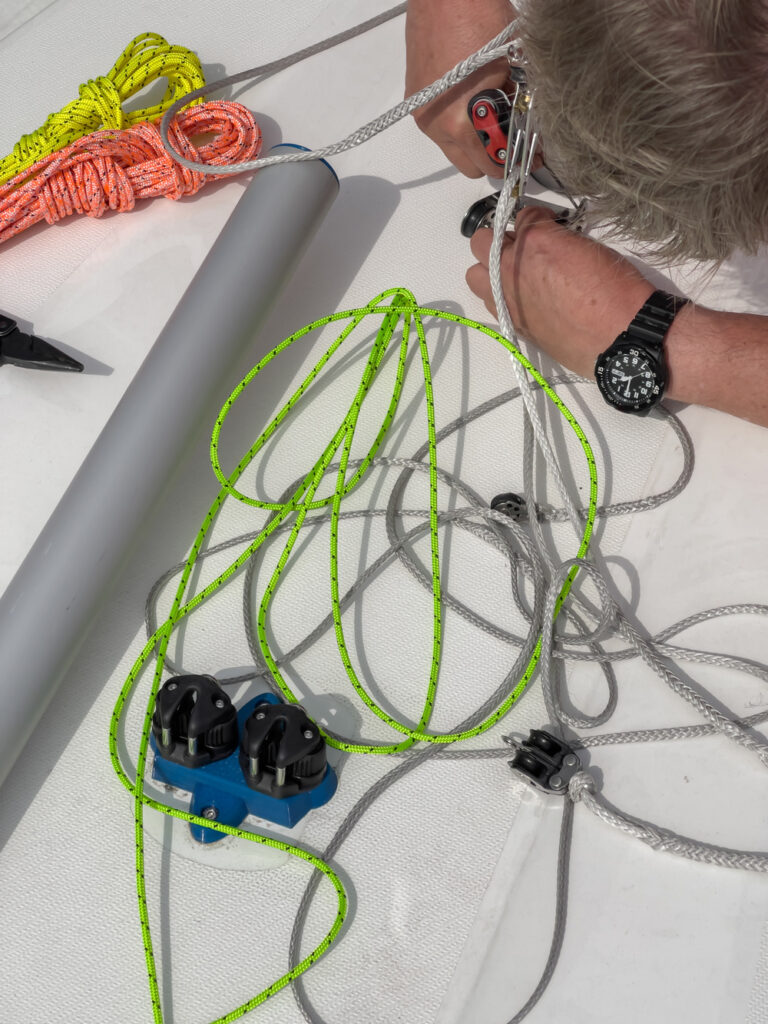 Pinning The Rudder To The Sternpost
Pinning The Rudder To The Sternpost
Clevis pins are used for pinning the rudder to the sternpost of sailing boats. In this case, it’s a vertical shaft with a groove on one end and a clevis on another. The clevis is shaped like a U, with two holes drilled through it. The holes in the clevis match up with holes drilled in the boat’s sternpost and rudder.
The clevis pin is inserted through the boat’s rudder and sternpost and then tightened down with nuts on either side of the clevis to prevent it from moving. Clevis pins are essential when racing because they allow you to adjust your rudder angle quickly and easily without stopping your boat or taking it out of the water.
Creating A Hinge For The Cabin Door
Clevis pins are used to create a hinge for a sailing boat’s cabin door. The pin is inserted through the boat’s hull, and then a clevis pin is placed on each end of the pin. This creates a hinge that allows you to open and close your cabin door without having to remove it from its hinges.
Clevis pins come in various sizes and shapes so you can use them as hinges for smaller or larger doors. They also come in different materials, such as brass or stainless steel. They’re also available in various lengths, so you can choose one that best fits your needs.
Connecting The Keel To The Boat
Clevis pins are used to connect the keel to the boat. The keel is a large, heavy metal located at the bottom of a boat to help it float on water. It’s attached to the sail boat with clevis pins, which are round in shape and have two holes on either side that allow for easy tightening and loosening of the bolt or pin.
Clevis pins are usually made from stainless steel or aluminum and come in different sizes, depending on how much weight they’ll hold. They can be used for many applications that require strength and durability. They’re often used in marine industries because they can withstand extreme weather conditions.
Securing The Anchor Line
Clevis pins are used in securing the anchor line of a sailing boat. The anchor line is secured by attaching a clevis pin to one end of the rope and then looping it around a cleat on the boat. A second clevis pin secures the other end of the rope to another cleat on the boat.
The use of clevis pins makes it easy to change out the anchor line when needed. The clevis pins have a large hole that allows you to tie off your anchor line easily. They also provide an easy way to secure your boat when moored at your favorite marina or dock.
Final Thoughts
The clevis pin is used in sailing boats to secure the lines and rigging that keep the sails up and the boat moving forward. As shown in this article, it’s also used for much more. These pins can be used for many different purposes in various situations. It’s important to keep them in stock in preparation for any situation that might arise on the water.
Trending Now: Must-Have Boat Gear for Your Boat Life
-
Lowrance Elite FS 9 Fishfinder/Chartplotter Combo
$999.00 Quick ViewBuy on West Marine -
SIMRAD Cruise 7 Chartplotter/Fishfinder Combo
$569.00 Quick ViewBuy on West Marine -
Starlink Mini Kit for High-Speed, Portable Internet on the Go
$599.00 Quick ViewBuy on West Marine -
Spinlock Deckvest Junior Inflatable Life Jacket
$209.00 Quick ViewBuy on West Marine
Trending Now: Custom Boat Decor
-
Boat Pillow with Boat Name & LAT LONG Coordinates
Quick ViewBuy on Etsy -
Boat Pillow with Boat Name & LAT LONG Coordinates- Black
Quick ViewBuy on Etsy -
Coastal Blue Stripes Bathmat with Anchor & Boat Name
Quick ViewBuy on Etsy -
Custom Boat Mat with Boat Name & LAT LONG Coordinates
Quick ViewBuy on Etsy
Disclosure: This site may contain links affiliated with companies where we receive compensation. Also, as an Amazon Associate we may earn from qualifying purchases we refer but it does not impact the price you pay. Full disclosure policy.

